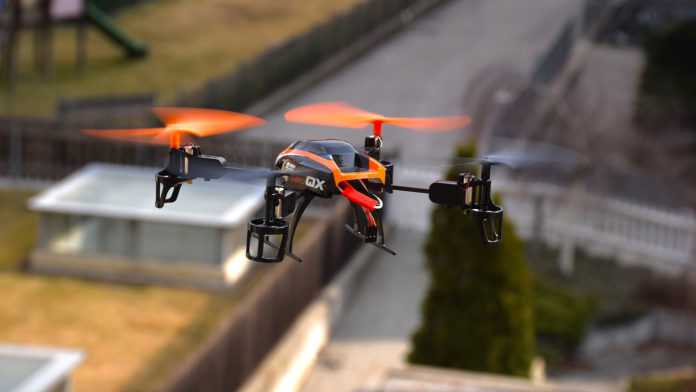In the precious moments after someone’s heart stops beating, every second counts. For every minute that passes without intervention, the odds of survival drop by 7 to 10 percent. With average ambulance response times of 5 to 10 minutes in cities, and over 20 minutes in rural communities, only 10 percent of people who suffer a cardiac arrest survive.
A team of researchers at the University of Toronto has a plan to cut these wait times in half. Even before paramedics arrive, a defibrillator could be used deliver an electrical shock to restart the heart. A defibrillator-carrying drone could beat an ambulance to the scene, able to fly even through Canada’s harsh winter weather, allowing a 911 operator to talk a caller through the potentially life-saving protocol.
Timothy Chan and Angela Schoellig, professors at the University of Toronto, led the effort to map out a proposal for a network of drones in the Greater Toronto Area. Their team used a computer model to station the drones based on historical data from 56,000 cardiac arrests in the area, with the goal of beating first responders to the scene.
With a network of 81 drone bases with 100 drones, it was possible to cut the time to deliver a defibrillator by more than half in 90 percent of cardiac arrest cases.
In cardiac arrest, the heart stops beating, which in turn stops the circulation of blood throughout the body. This is different from a heart attack, where the supply of blood to the heart is interrupted, but in some cases the heart does keep beating. With an estimated 40,000 cases of cardiac arrest happen in Canada each year, a program that could get defibrillators to patients faster could save thousands of lives.
However, while flying at speeds up to 100 km/h helps the drones make a speedy delivery, they are still aircraft, and their deployment needs to be handled carefully. Typically, drones need to be flown by an operator to meet regulations, staying within the operator’s line of sight. Ontario’s Renfrew County is already teaming up with Transport Canada and Victoria-based drone maker Indro Robotics, seeking a special exemption for defibrillator-carrying drones. With reliable GPS, drones can even fly themselves and respond to other local aircraft in real time.
Hopefully it won’t be long before it’s possible to get this life-saving plan, literally, off the ground.





































